Best Fertilizer for Tomatoes
The Ultimate Guide to Tomato Fertilizer for Delicious Harvests
Why do we need to know what the best fertilizer for tomatoes is? Tomatoes are one of the most popular vegetables to grow in gardens and containers, but they require specific care to grow and produce healthy fruit.
One of the essential components of tomato care is fertilizer. Tomatoes need a steady supply of nutrients throughout the growing season to produce healthy plants and flavorful fruit.
In this blog post, we’ll discuss the best tomato fertilizers, why you may not need to fertilize, and how to apply fertilizer to your tomato plants.
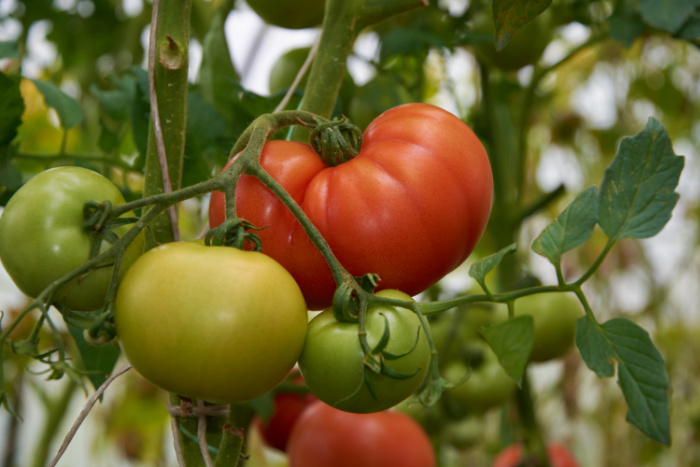
This post contains affiliate links. If you make a purchase after clicking a link I may make a small commission at no cost to you.
Why Do Tomatoes Need Fertilizer?
Tomatoes are heavy feeders, which means they require a lot of nutrients to grow and produce fruit.
The three primary nutrients that tomatoes need are nitrogen, phosphorus, and potassium, often referred to as NPK.
Nitrogen is essential for leaf and stem growth, phosphorus is necessary for root development and fruit production, and potassium helps regulate water and nutrient uptake in the plant.
If your tomato plants don’t get enough of these nutrients, they may grow slowly, produce fewer fruit, or be more susceptible to disease and pest problems.
Conversely, if your plants get too much fertilizer, they may grow too quickly, become weak and spindly, or be more susceptible to insect and disease issues.
So how do you know which way to go?
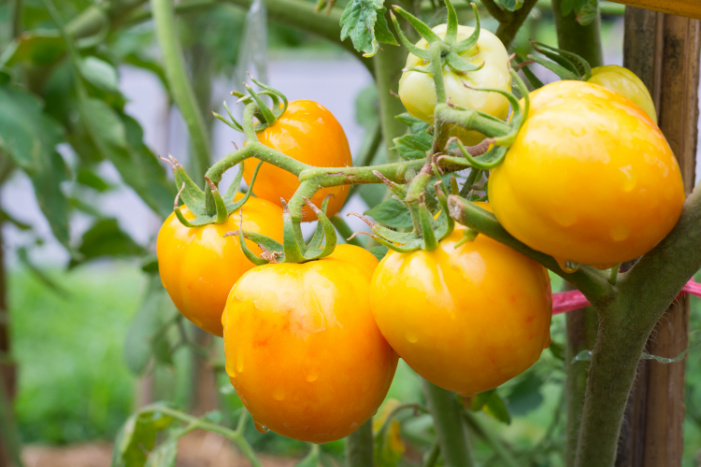
Best Fertilizers for Tomatoes
There are several different types of fertilizer available for tomatoes, including synthetic, organic, and natural options. Here are some of the best tomato fertilizers:
- Synthetic Fertilizers
Synthetic fertilizers are chemical-based products that contain a specific blend of nutrients. They are often cheaper than organic options and can be found at most garden centers and nurseries.
However, synthetic fertilizers can be harmful to the environment and may not provide the same long-term benefits as organic options.
I confess to being an organic garden enthusiast that encourages healthy, earth-friendly growing methods but I do realize not everyone is the same.

- Organic Fertilizers
Organic fertilizers are made from natural materials like compost, manure, and many other ingredients.
Initially, they are more expensive than synthetic fertilizers but provide a more sustainable and earth-friendly option.
Organic fertilizers can also improve soil health and fertility over time, making them a better long-term cost-effective option for your garden.
Related: How to Use Chicken Manure in Your Garden
How to Use Chicken Manure Safely!
Did you know that chicken manure is one of the best animal manures you can use in the garden? Yes, but knowing how to use it correctly is important.
- Natural Fertilizers
Natural fertilizers are also made from natural materials but are not necessarily certified organic. They may include materials like fish emulsion, seaweed extract, and alfalfa meal.
These fertilizers provide a more natural alternative to synthetic options and can also improve soil health over time.
When choosing a fertilizer for your tomatoes, it’s important to consider your specific needs and preferences.
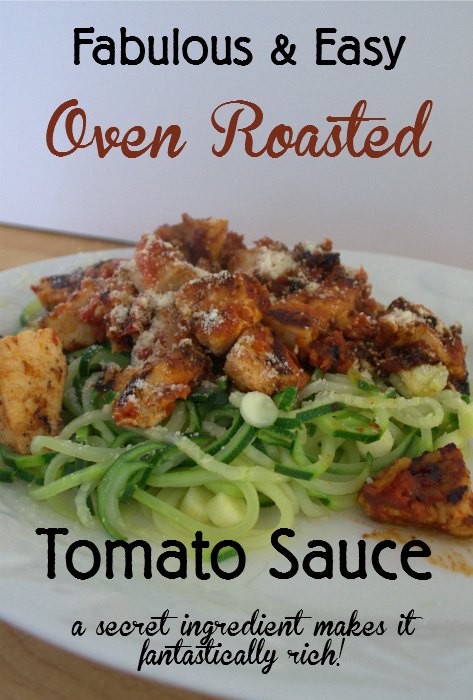
However, if you are looking for a more eco-friendly and sustainable option, organic or natural fertilizers would be the better choice.
I prefer natural and organic for anything going into my food.
All my best garden tips
Build Your Own Compost Bin
Compost bins do not need to be ugly! See how easy it is to put together a more attractive bin in your garden.
Why You May Not Need to Fertilize
While tomatoes do require a steady supply of nutrients throughout the growing season, there are instances where you may not need to fertilize. Here are some reasons why:
- Rich Soil
If you have rich, fertile soil in your garden, your tomatoes may not need additional fertilizer. Rich soil contains plenty of organic matter and nutrients that can provide for your plant’s needs.
You can test your soil’s nutrient levels with a soil test kit to determine if additional fertilizer is necessary.
- Compost
Compost is a natural soil amendment that you can make yourself by decomposing organic matter like food scraps and yard waste.
Adding compost to your garden beds can improve soil health and provide essential nutrients for your tomato plants.
If you’re not making your own compost, you can purchase it from a garden center or nursery.
I can’t make enough of my own so I buy compost in bulk from a local landscape company that gets it from an organic turkey farm.
Fair warning: Even composting can be overdone so don’t think more is always better.
- Crop Rotation
Crop rotation is a method of planting different crops in the same area each year to prevent soil depletion and pest problems.
By rotating your tomato plants with other crops, you can reduce the need for additional fertilizer and keep your soil healthy and fertile.
Grow FLAVORFUL Tomatoes
Tomatoes are a staple in many gardens, but achieving that mouthwatering flavor can sometimes be a mystery. However, with a few simple techniques and a little patience, you can grow tomatoes bursting with flavor!
How to Apply Fertilizer
Once you’ve chosen the right fertilizer for your tomato plants, it’s essential to apply it correctly to ensure your plants receive the necessary nutrients.
Here are some tips for applying fertilizer to your tomatoes:
- Timing
It’s essential to time your fertilizer application correctly to ensure your plants get the nutrients they need at the right time.
If needed, you should apply fertilizer when you first transplant your seedlings, once the first fruit has set, and then again when the fruit is about halfway mature.
Some suggest every two weeks for tomatoes. I prefer using this liquid organic fertilizer when I need one as it is available to the plant immediately and it feeds the vital microbes in the soil.
I don’t recommend putting the fertilizer directly in your planting hole as many suggest. That can prevent your plant from reaching its roots out into the surrounding soil as it is getting all it wants right there. We want the roots to reach out and not stay put.
For aiding in root development and healthy growth I started using this organic growth stimulant that aids your plants in getting started with no threat of burning the roots.
You should also avoid fertilizing during hot, dry weather or during periods of heavy rain.
- Amount
Applying too much fertilizer can be more harmful than not applying enough.
When applying a packaged tomato feed always follow the instructions on the fertilizer packaging for the correct amount to apply.
- Placement
It’s essential to place the fertilizer where can reach the roots but not cause damage. For most fertilizers, this means applying it around the base of the plant and then watering it in.
Be careful not to get the fertilizer on the leaves or fruit, as this can cause burning and damage.
- Watering
After you apply fertilizer, it’s crucial to water your plants well to help the nutrients reach the roots. Water consistently, making sure the soil is evenly moist.
Avoid overwatering, as this can leach the fertilizer out of the soil and cause runoff.
Proper watering is essential in preventing Blossom End Rot on your tomato fruit.
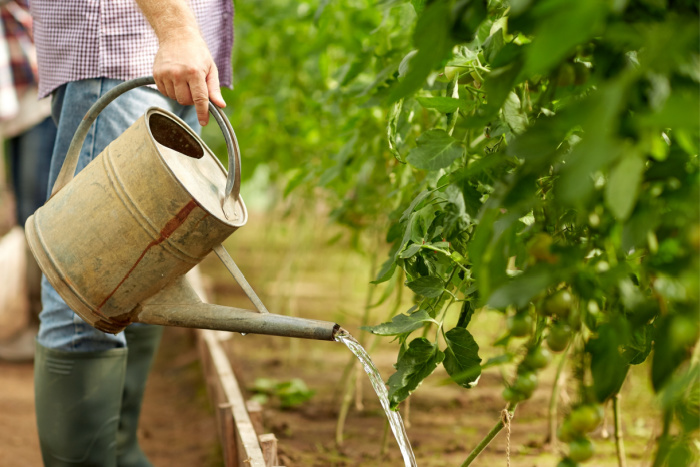
Fertilizing your tomato plants can be an essential component of caring for them and ensuring a bountiful harvest.
While there are many different types of fertilizers available, the best choice for you will depend on your specific needs and preferences.
Sorry if you expected me to tell you specifically a brand or specific fertilizer but in gardening, there is no one size fits all. I told you what I like to use and shared a link but it may not be your preference.
And remember, sometimes no fertilizer is your best option!
Heard that adding Epsom Salts is good for your tomatoes? Then you might want to read this: Epsom Salts for Plants
Remember that rich soil, compost, and crop rotation can all help reduce the need for any additional fertilizer, and always follow the instructions for timing, amount, and placement when applying fertilizer.
With the right tomato feed and care, you can enjoy healthy, flavorful tomatoes all season long.
For more on planting and growing tomatoes, there is more info here!
All the best garden tips
Pruning Tomatoes, Why?
Tomatoes are a popular crop in many home gardens. They are relatively easy to grow, produce abundant fruit, and are a tasty addition to many meals. One common practice among gardeners is the pruning of tomato plants. But is it really necessary?
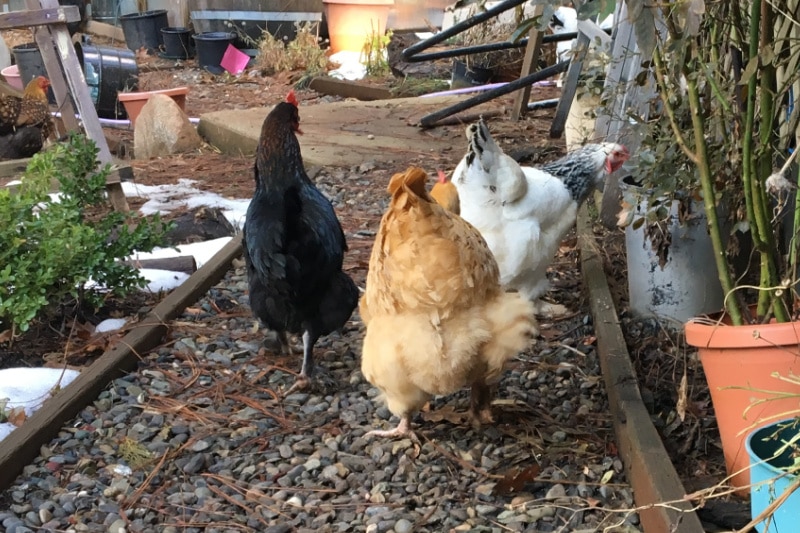
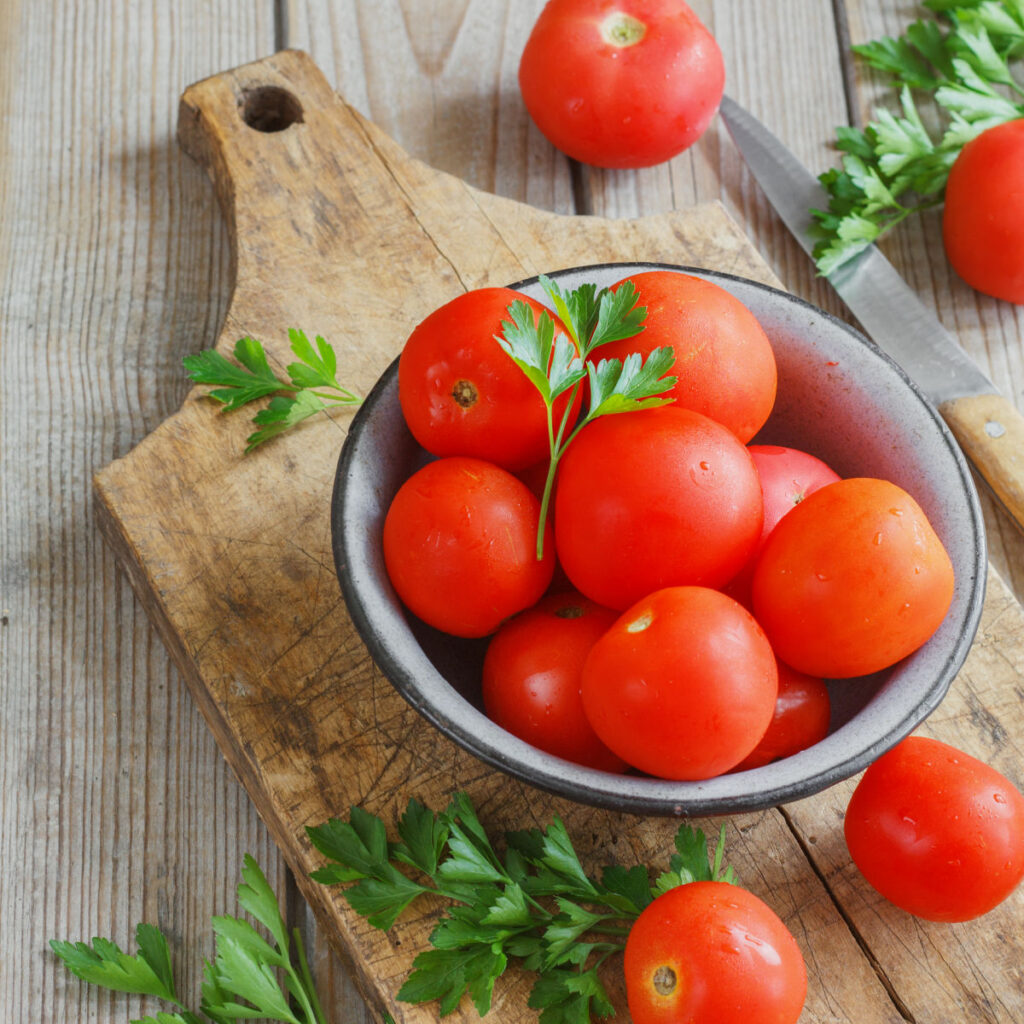

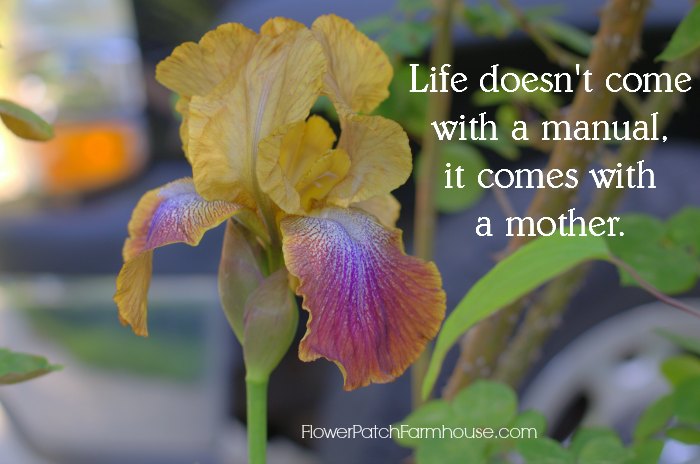
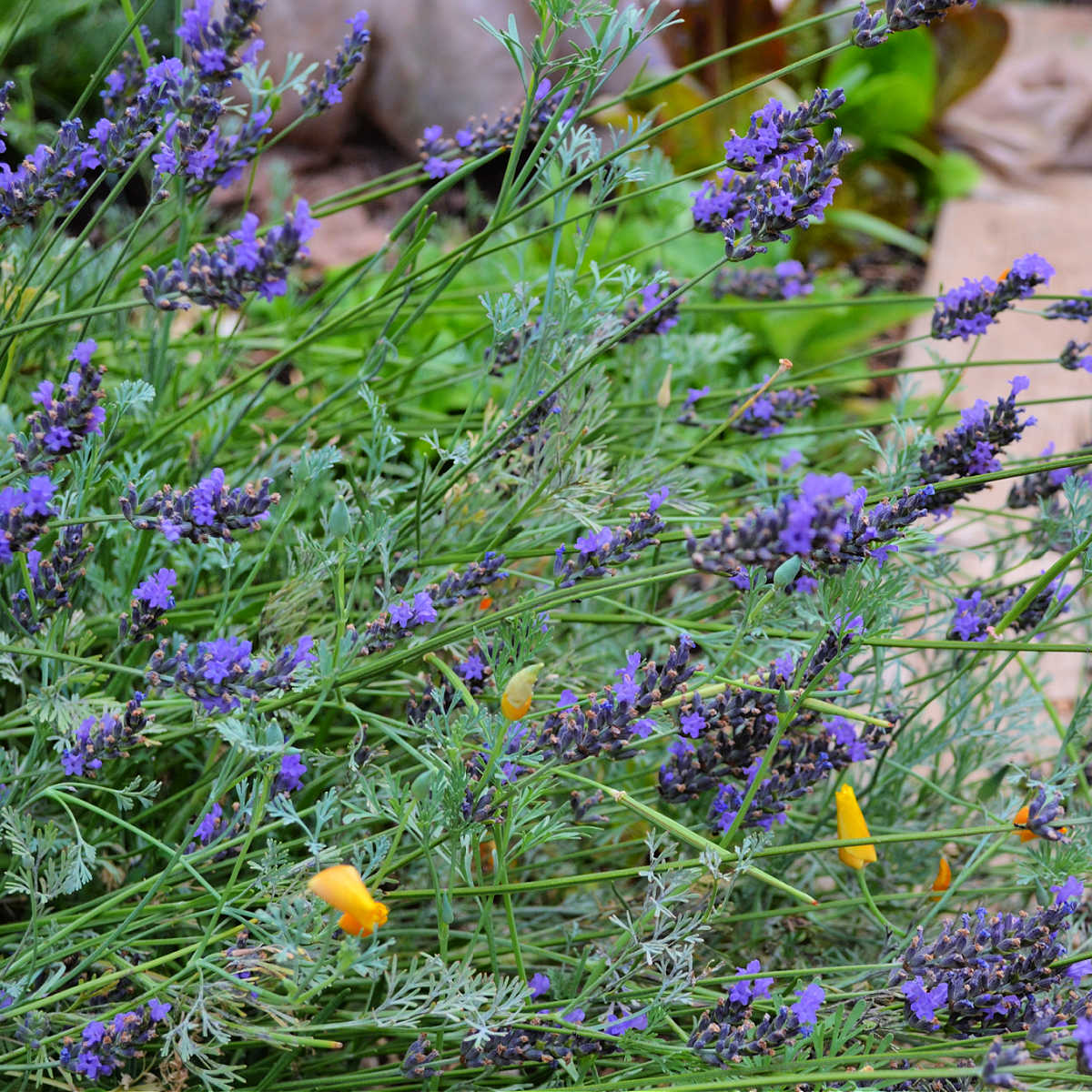
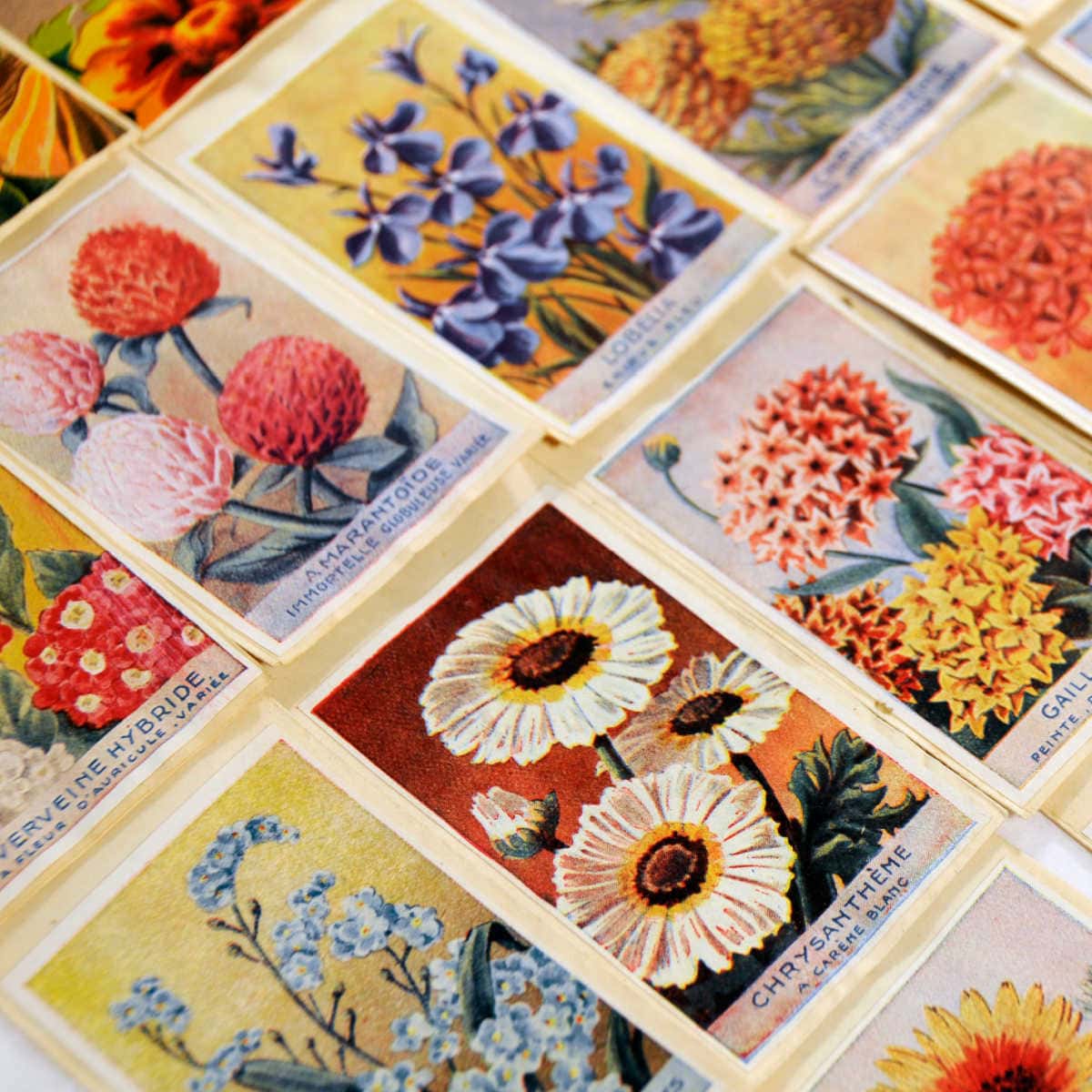


I’ve loved reading the article. I would like to get more information from you. Thanks for sharing the experience
If you find it works then great. My dad used to bury a one gallon container that plants come in next to his tomato plants and then he filled it with water and also added his compost or fertilizer to the container when he watered. He felt getting it directly down to the roots was a good way to do it. And he knew each tomato got 1 gallon of water each. His tomatoes always did great too.
For years I have planted tomatoes and then placed a cut out 3lb coffee can over the top. Then I can water and fertilize directly with good results. This is the way my parents did it as well. Am I wrong using this method? Your thoughts.